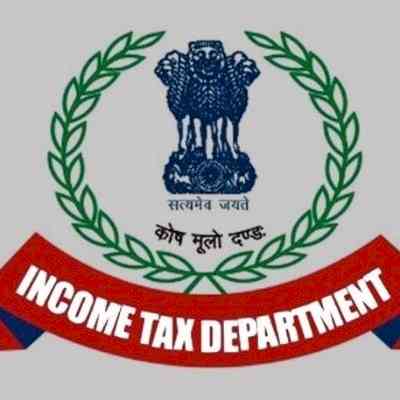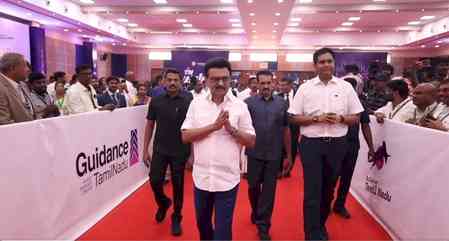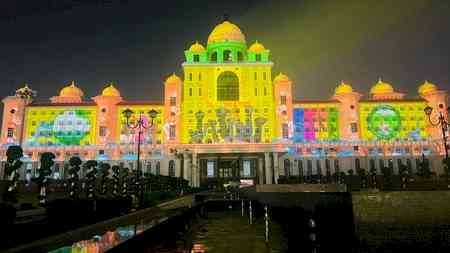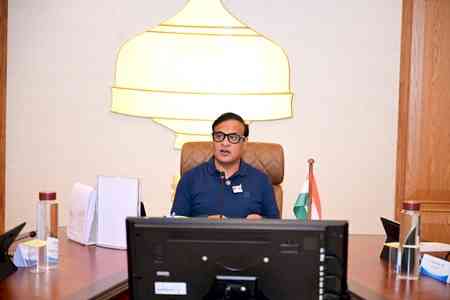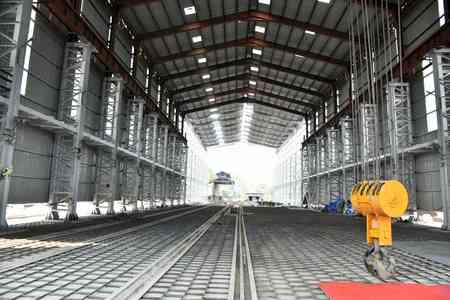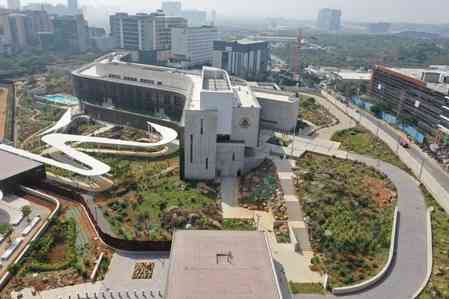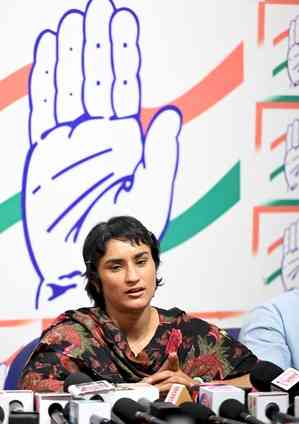Navi Mumbai International Airport to be inaugurated on 8th October — what it means for property prices in Navi Mumbai
The long-awaited Navi Mumbai International Airport (NMIA) will be officially inaugurated by PM Modi on 8th October 2025, marking a historic milestone in India’s infrastructure journey and ushering in a new era of growth for the Mumbai Metropolitan Region (MMR). Developed by Adani Airports in collaboration with CIDCO, the airport is expected to not only ease the burden on Mumbai’s existing airport but also emerge as the epicentre of economic and real estate transformation in the region.
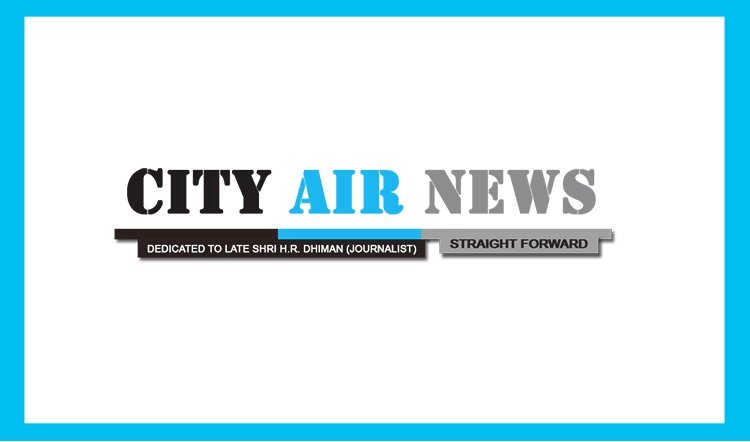
The long-awaited Navi Mumbai International Airport (NMIA) will be officially inaugurated by PM Modi on 8th October 2025, marking a historic milestone in India’s infrastructure journey and ushering in a new era of growth for the Mumbai Metropolitan Region (MMR). Developed by Adani Airports in collaboration with CIDCO, the airport is expected to not only ease the burden on Mumbai’s existing airport but also emerge as the epicentre of economic and real estate transformation in the region.
With operations scheduled to commence in phases, NMIA will significantly enhance regional connectivity—serving as a catalyst for urban expansion, business activity, and property price appreciation across Panvel, Ulwe, Taloja, Kharghar, Karjat, and Alibaug.
NMIA’s inauguration comes at a time when Navi Mumbai and its surrounding growth corridors are witnessing unprecedented infrastructure development. The Atal Setu (MTHL)—India’s longest sea bridge—has already revolutionized connectivity between South Mumbai and Navi Mumbai, cutting travel time from Sewri to Chirle to just about 20 minutes. Meanwhile, the proposed Alibaug-Virar Multimodal Corridor, spanning over 126 km, will seamlessly integrate western, central, and trans-harbour regions, connecting growth hubs like Panvel, Bhiwandi, and Vasai. Complementing this will be the Mumbai Metro Line 8, connecting T2 of the Chhatrapati Shivaji Maharaj International Airport (CSMIA) to the Navi Mumbai International Airport (NMIA) offering smooth intra-city mobility. Adding further impetus, the Panvel–Karjat railway line, currently under advanced development, will strengthen linkages between Navi Mumbai, Raigad, and the hinterland, paving the way for new residential and industrial clusters. Together, these mega infrastructure projects are positioning the Navi Mumbai region as one of the most promising investment destinations in India’s real estate landscape.
Among the biggest beneficiaries of this infrastructure wave is Panvel, which has steadily evolved from a peripheral suburb to the next big urban centre. With its proximity to the airport and connectivity via the MTHL, metro, and rail corridors, Panvel is now emerging as the preferred choice for integrated townships and self-sustained communities.
Navin Makhija, Managing Director, The Wadhwa Group, remarked, “The inauguration of the Navi Mumbai International Airport marks a transformative moment for Navi Mumbai and the Panvel region. The region’s accessibility, connectivity from the main Mumbai city and infrastructure undertaken within the region has made it an ideal destination for large scale development and its growth is inevitable. We at The Wadhwa Group, have always believed in the region and we’re one of the first to undertake a large-scale township development which is just 10 to 15 mins from the new Navi Mumbai International Airport and 40 to 45 mins from the Main Mumbai City via Atal Setu. Once the airport is operational, we expect large scale social infrastructure projects to come to life, and also see a huge uptake in demand and price appreciation of 20 to 25% in the next 1 year for quality homes in the Panvel region.”
Experts believe the impact of the airport will be long-term and structural, rather than short-lived or speculative. The region is expected to attract not only end-users but also corporates, hospitality players, and logistics companies seeking proximity to the new air hub.
Ram Naik, Co-founder & CEO, The Guardians Real Estate Advisory, said, "The Navi Mumbai Airport is arguably the most transformative infrastructure development the MMR has witnessed in the past decade. While immediate appreciation will be visible in micro-markets such as Panvel, Ulwe, and Taloja, its long-term impact will extend across the entire region. The combination of MTHL, the Multimodal Corridor, and the expanding Metro network makes this a once-in-a-generation opportunity for both end-users and investors. We’re already witnessing renewed confidence from NRIs and institutional investors in the Navi Mumbai growth story."
Echoing similar optimism, Prashant Sharma, President, NAREDCO Maharashtra, emphasized that the airport will redefine urban growth patterns across the MMR. “This is not just about aviation—it’s about economic transformation. The Navi Mumbai Airport will generate employment, boost infrastructure, and attract investment across sectors. Developers and planners must ensure that this growth remains inclusive, with adequate focus on affordable, sustainable, and transit-oriented housing. The synergy between MTHL, Metro, and the airport will truly democratize Mumbai’s real estate market.”
According to market estimates, property prices in Navi Mumbai and its peripheries have already appreciated by 10–15% over the past 12 months, with further upside expected post the airport inauguration. Analysts foresee Panvel and Ulwe leading the appreciation curve, followed by Taloja, Roadpali, Karanjade, and Karjat. The combination of world-class infrastructure, balanced housing mix, and expanding job nodes is expected to cement Navi Mumbai’s position as India’s next big real estate frontier.
The operationalization of the Navi Mumbai International Airport represents more than just a new gateway—it’s a statement of confidence in India’s infrastructure prowess and urban evolution. As connectivity deepens and infrastructure projects converge, Navi Mumbai is poised to transform from a satellite city into a global economic and real estate powerhouse.


 City Air News
City Air News 
